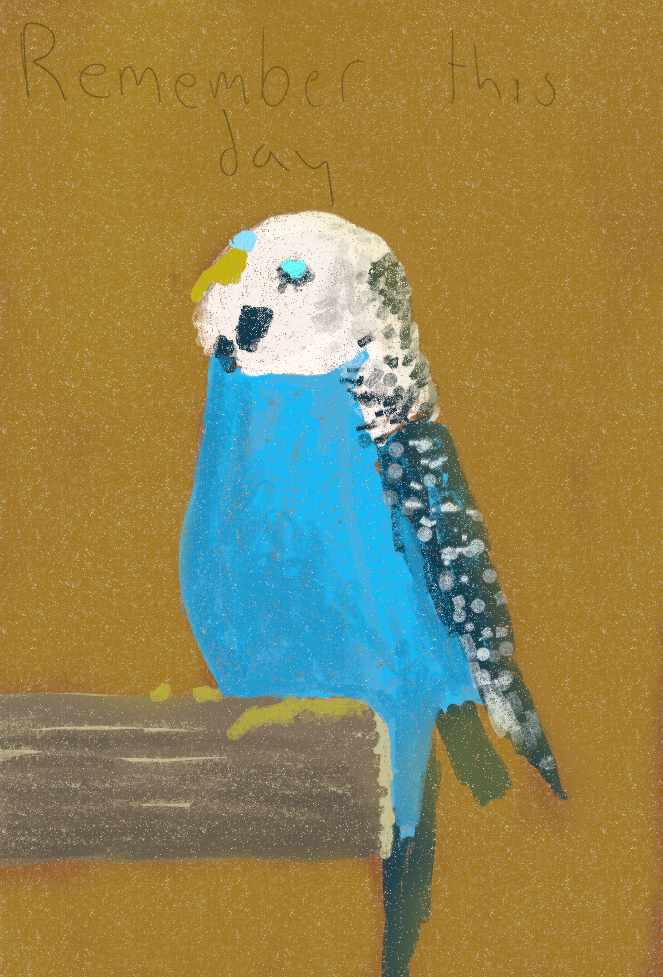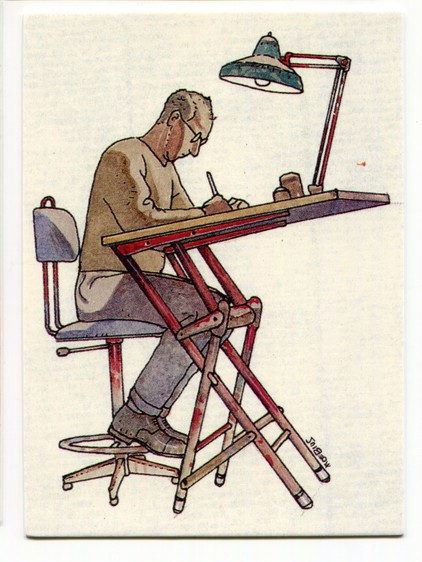

I wholeheartedly agree!
One of the things out group does is play for dancers at reenactment events. The dance steps were recorded for a lot of the Renaissance period pieces, and it’s pretty incredible to be able to coordinate the tunes for the same dances from hundreds of years ago.
It really changes the atmosphere of an event to have music around; it’s a living connection to history.









Remember when all the Republicans were making jokes about the guy breaking into Pelosi’s house and attacking her husband with a hammer?
They encourage political violence because they know it generally benefits them and then act outraged when it bites one of them.